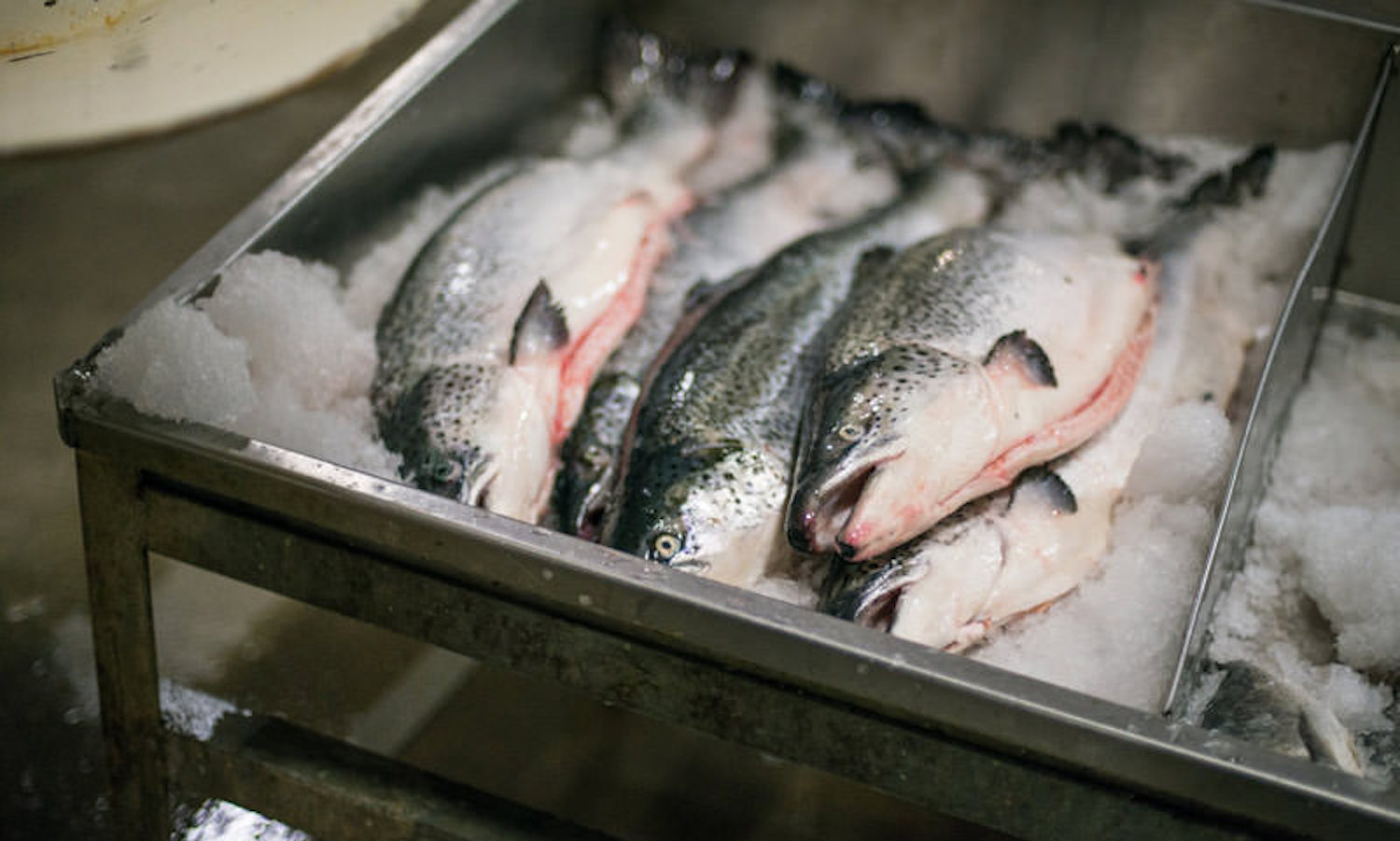On “Food Talk with Dani Nierenberg,” Mike Spindler of Fulton Fish Market talks about making sustainable, fresh seafood available to people nationwide—powered by generations-old family fishers and new tracking technology. “Sustainable means first, that is that the fish is salvaged sustainably whether its wild-caught product or a farmed product. It is self-sustainable—it shouldn’t be dependent on GMO feeds or antibiotics,” says Spindler.
You can listen to “Food Talk with Dani Nierenberg” on Apple iTunes, Stitcher, Google Play Music, Spotify, or wherever you consume your podcasts. While you’re listening, subscribe, rate, and review the show; it would mean the world to us to have your feedback.
Spindler aims to improve everyone’s access to fresh, sustainable seafood with FultonFishMarket.com, a seafood business that uses information systems, catalogs, and other technologies. The startup harnesses the variety at the Hunts Point Fulton Fish Market, a facility in Lower Manhattan that started in 1822 and gathers fish from 24 multi-generational, family-run large fish wholesalers. “The industry, for the most part, looks the way it looked 2,000 years ago. These are small companies that are family-oriented, family-owned businesses,” says Spindler. “Coming down to our end of the business, all of these orders are assembled digitally and tracked digitally. It transfers from 2000 B.C. to a modern e-commerce factory and processing system.”
“Seafood is the only protein that has a shot of supporting the protein needs of population growth. There just aren’t any other products that have the same health impacts on humans as seafood—great, fresh, seafood,” says Spindler. To ensure the sustainability and quality of each piece of fish sold on the website, FultonFishMarket.com includes digital systems that tag every fish with details including weight, temperature, and source data like how, where, and by whom the fish had been caught. And, using technologically forward shipping techniques, Spindler promises the product will reach the hands of most consumers frozen within a day—and for some, within hours.
By employing these strategies, Spindler hopes to expand seafood consumption across the United States—where seafood consumption is about half of seafood consumption in other Western countries. “Having fresh seafood is usually the reason that people have for consuming the healthiest protein,” says Spindler. “But it is the healthiest protein. So we should be eating twice as much!”











